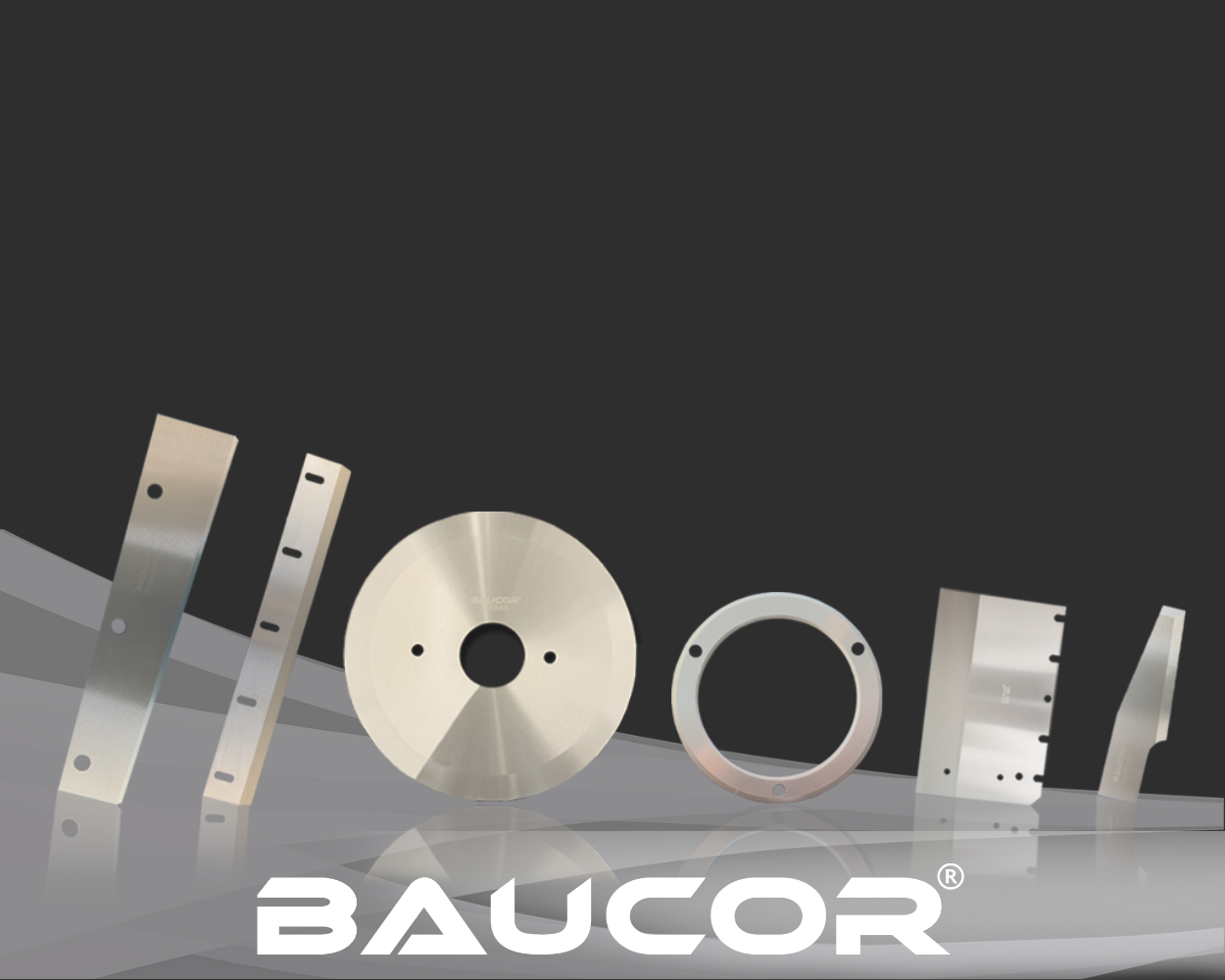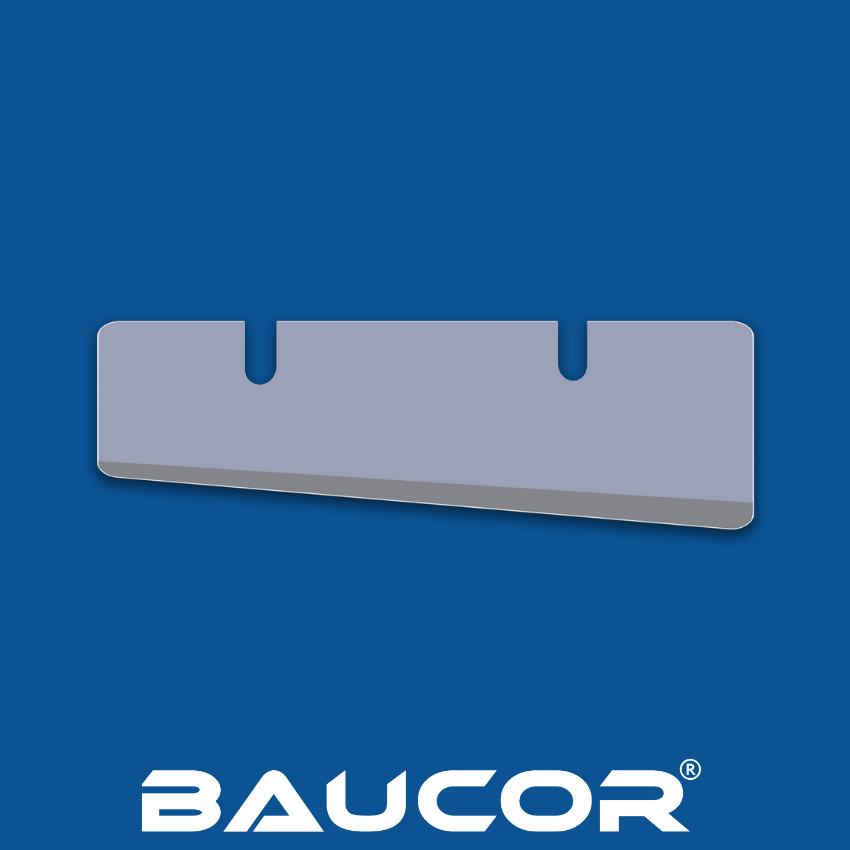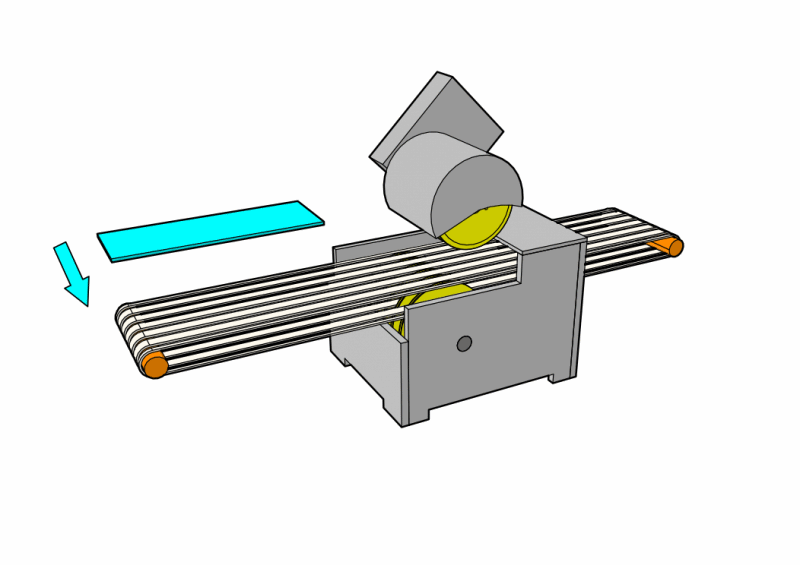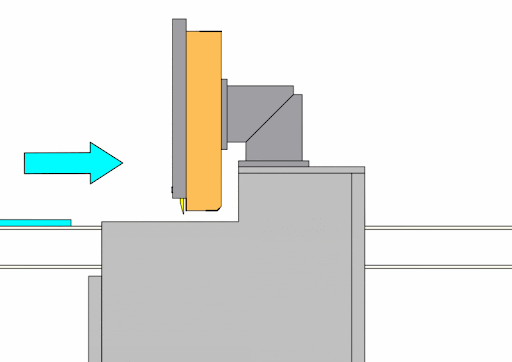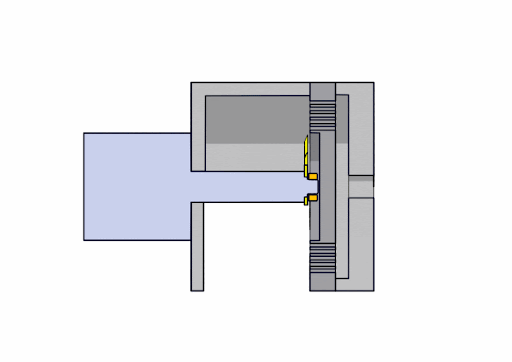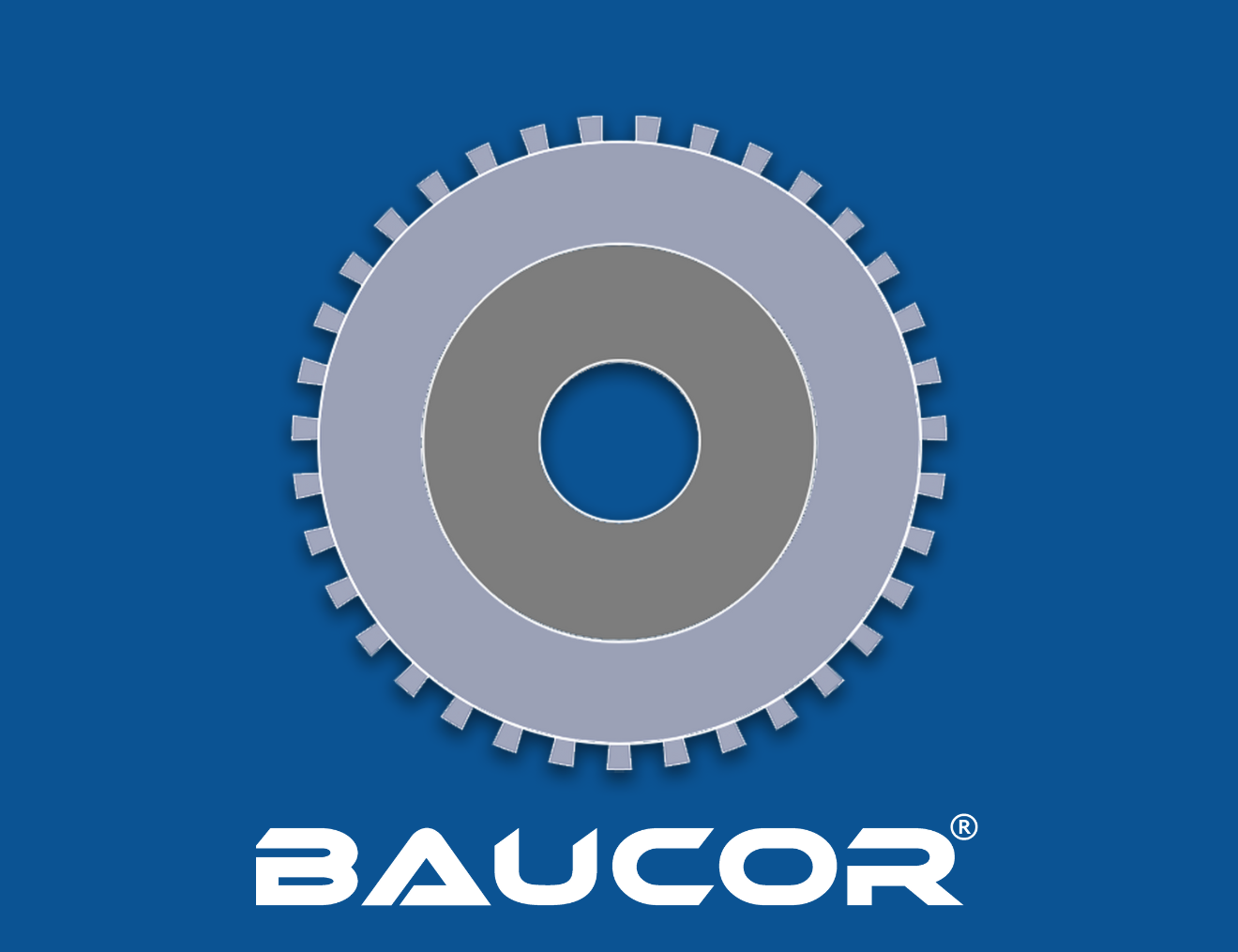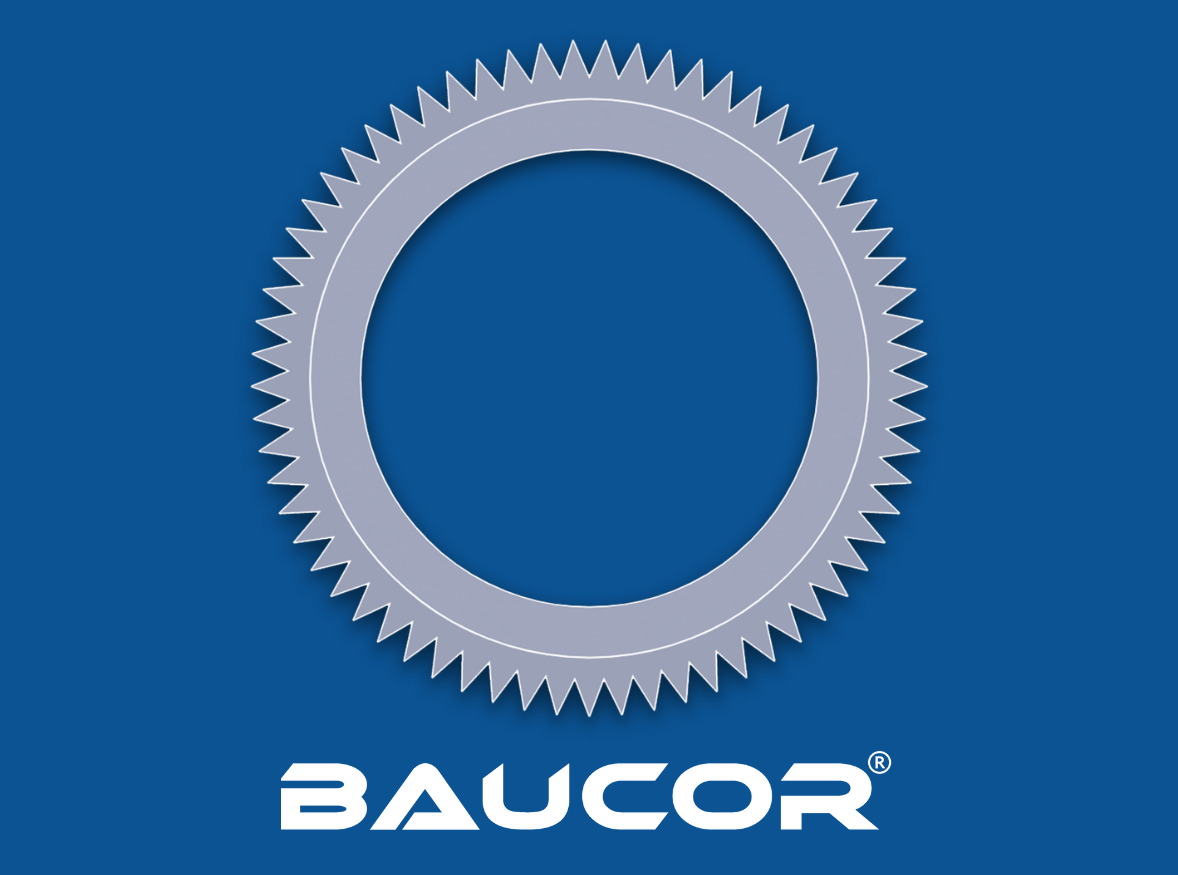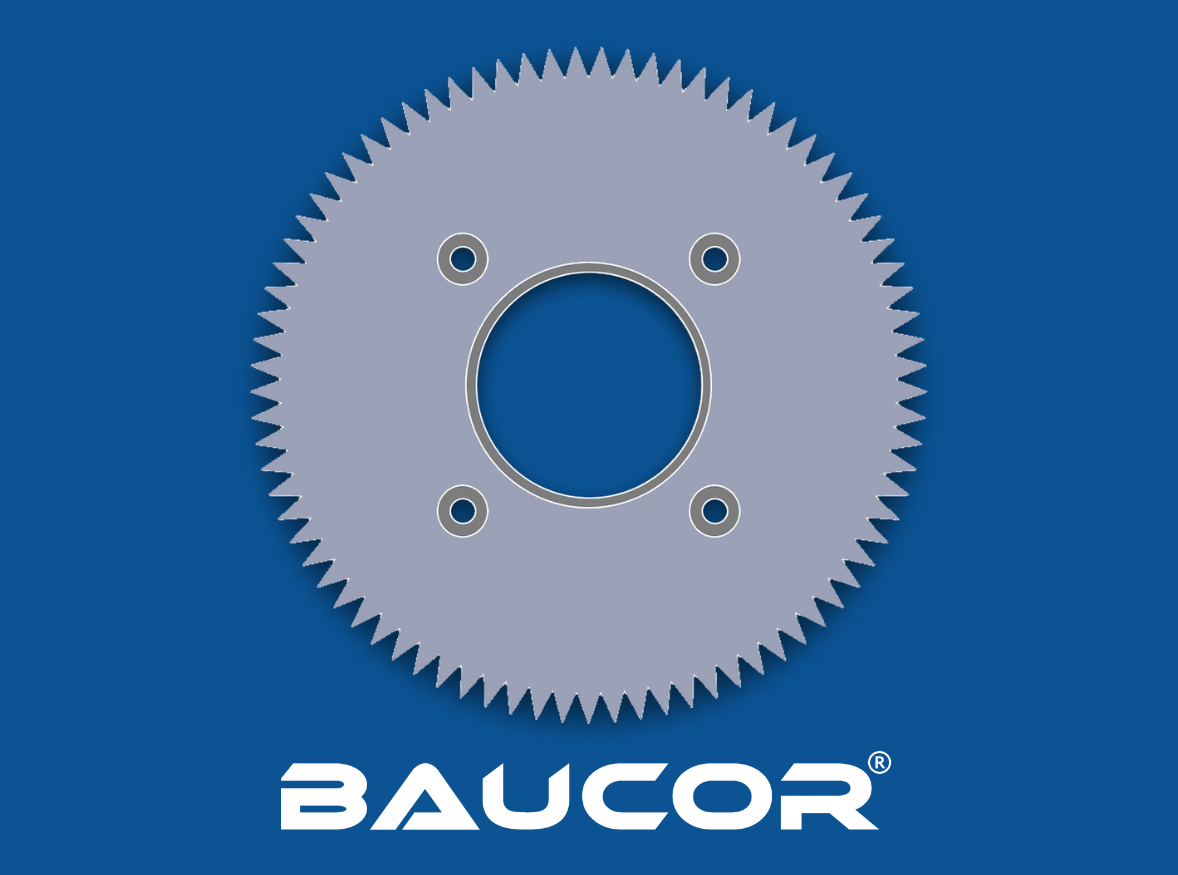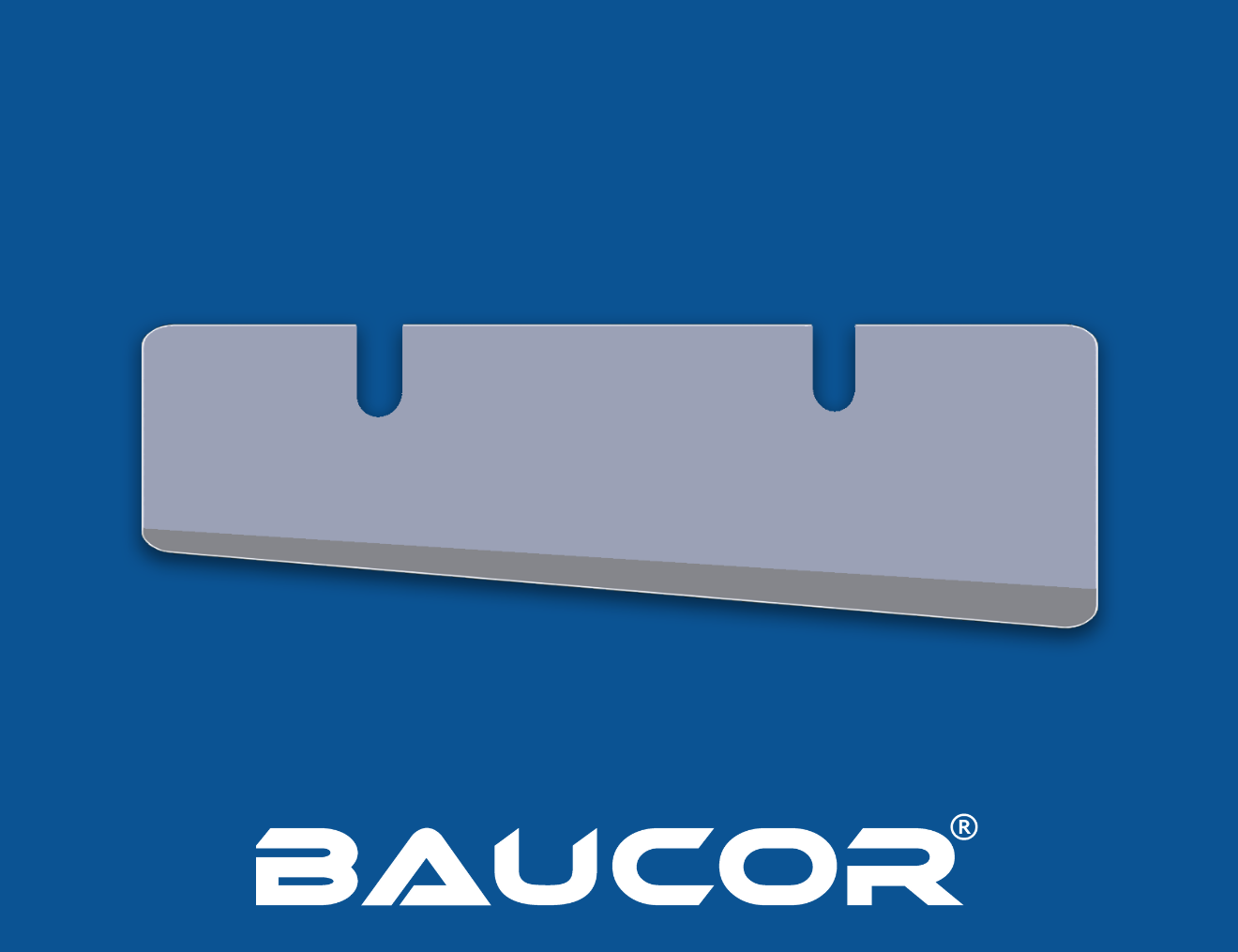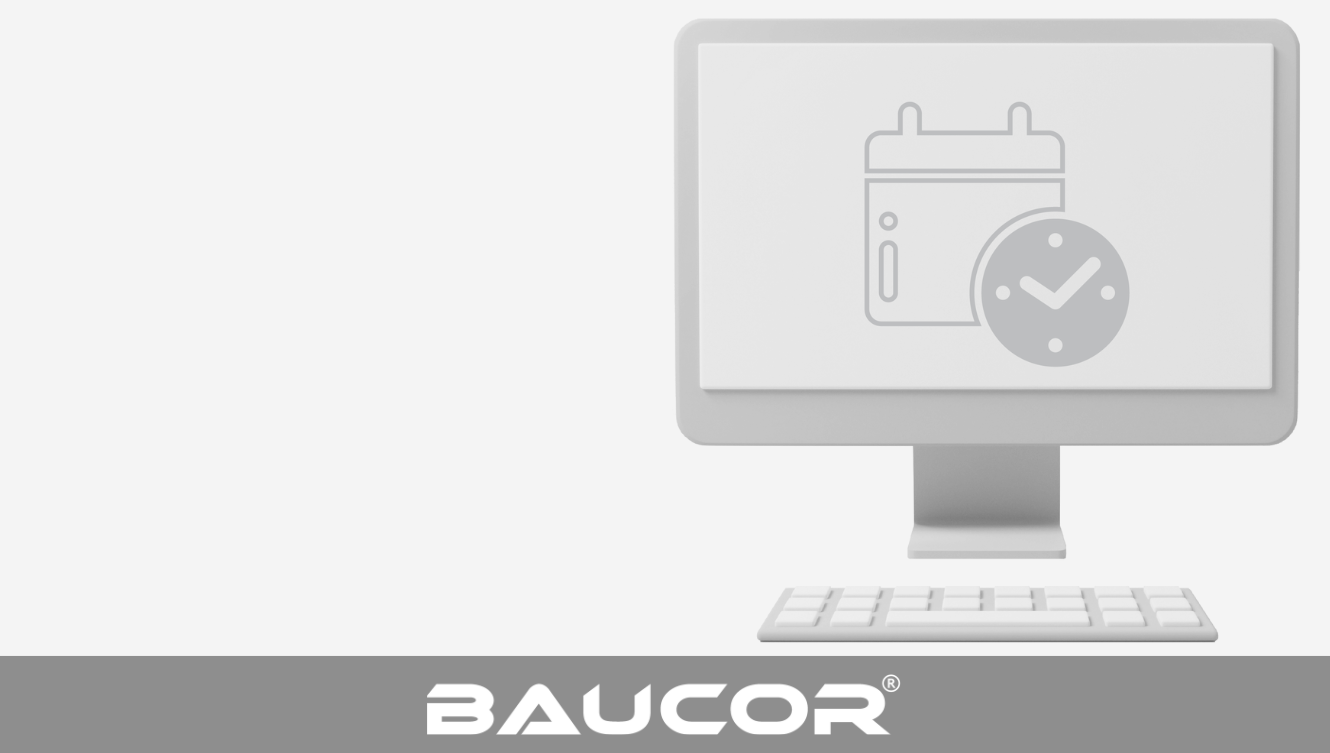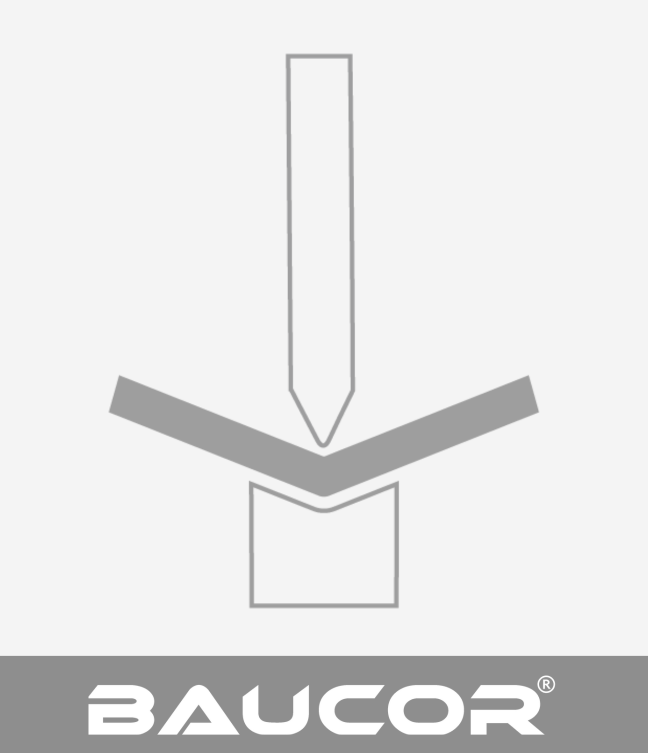Carbide components and tools are made from a combination of tungsten carbide and cobalt, making them more rigid and durable than traditional steel components. They are ideal for cutting through hard materials such as metal, ceramics, and even concrete.
They are commonly used in circular, band, and table saws. Carbide blades are more expensive than traditional steel blades, but they last much longer and withstand more wear and tear.
Baucor manufactures and supplies both standard and custom size solid Carbide blades, knives, tools, and components for all kinds of use, regardless of its industry or application. Our carbide knives are made from a wide variety of carbide grades including C10, C30, C40 and so on. We are highly specialized in manufacturing custom carbide knives in circular, straight and even odd shapes per sample and drawing. If you need your carbide knives manufactured to your exact requirements, please contact us now.
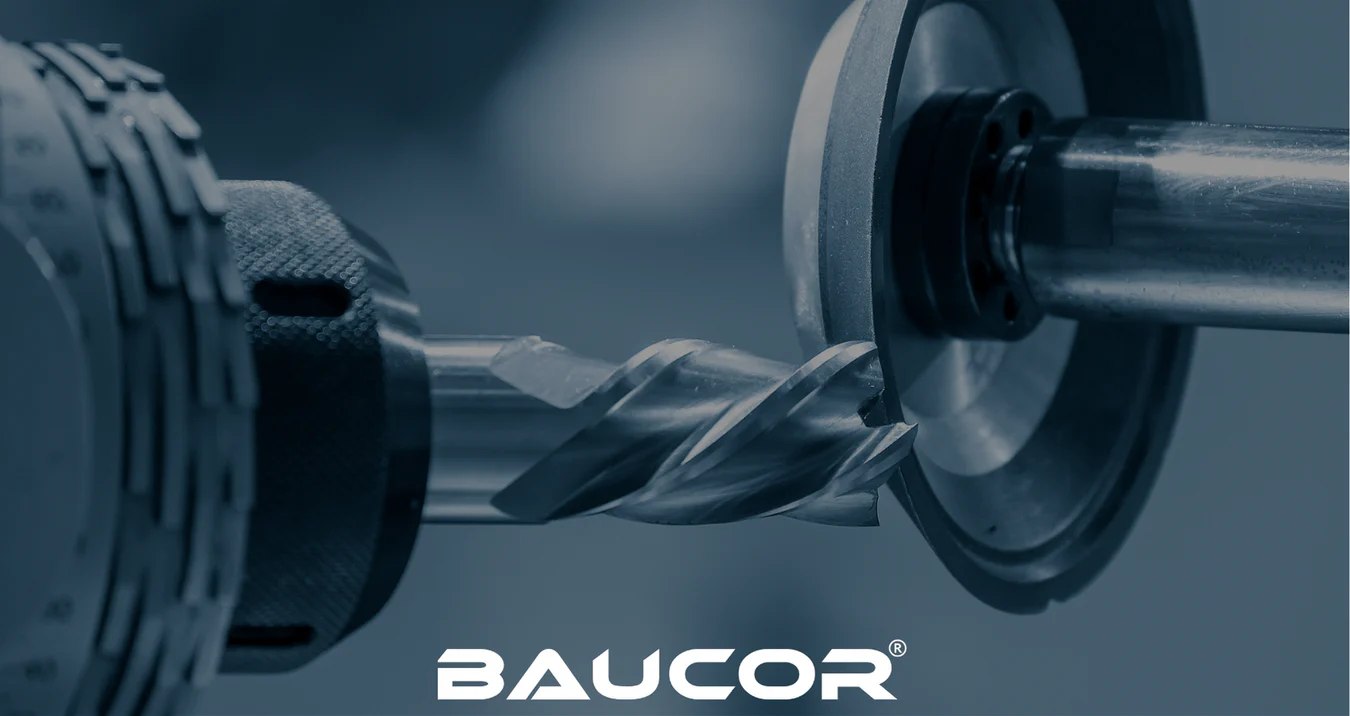


 English
English